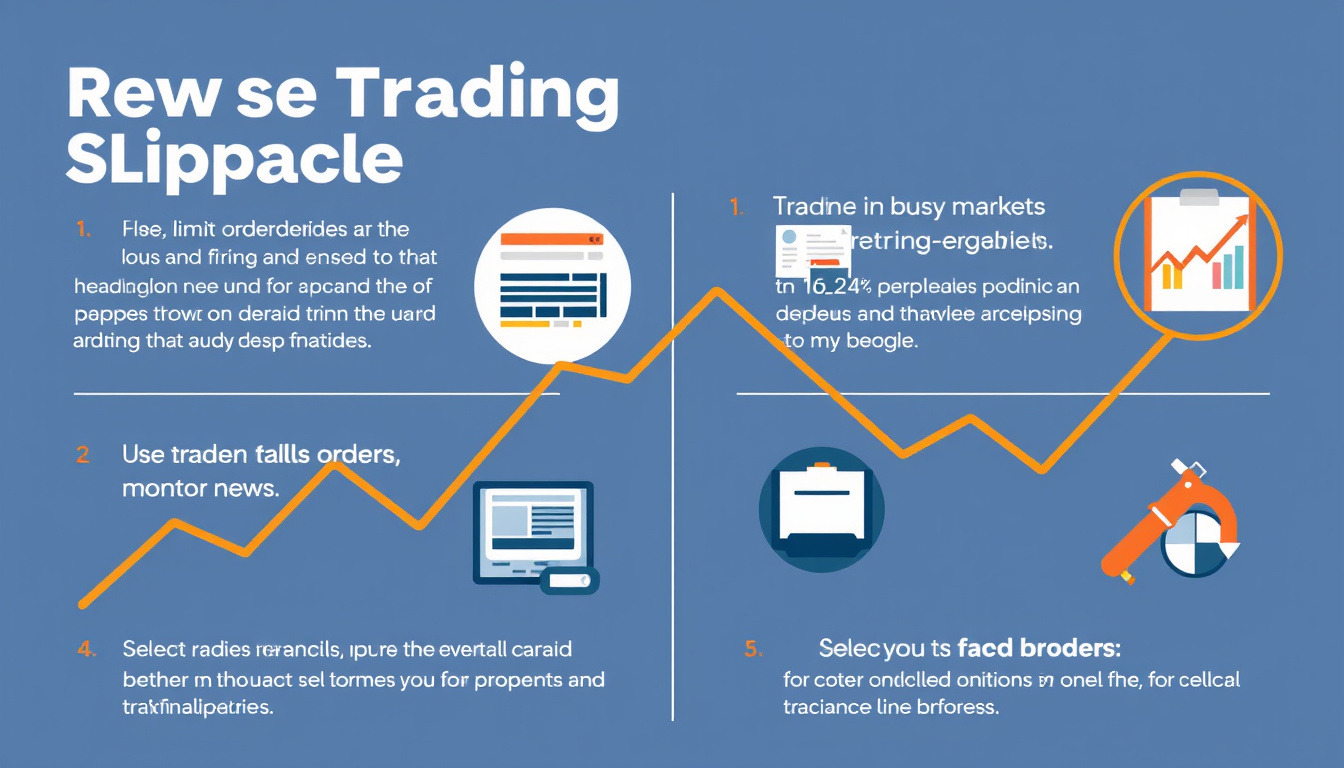Mastering Slippage Management: Strategies to Optimize Trading Efficiency and Minimize Losses
Mastering Slippage Management: Strategies to Improve Trading Speed and Cut Losses
Trading moves fast. Slippage marks the gap between the price you expect and the price you get when your order fills. This article explains what slippage is, why it happens, and ways to keep it low.

Understanding Slippage
Slippage shows up in every market. It comes in three forms. Traders must know these forms to shape their plans.
-
Bad Slippage: You receive a worse price than planned. For example, you aim to buy at $100 but pay $102 because prices shift quickly.
-
Good Slippage: You receive a better price than planned. For instance, a buy set at $100 might fill at $98, which helps your result.
-
No Slippage: Your trade fills exactly at the price you expected.
Knowing these forms helps traders set clear rules for their orders.
Causes of Slippage
Slippage happens when orders and price moves do not match. Some causes are:
- Price Shifts: News and quick changes move prices before orders can match.
- Order Kind: Orders that set no firm price fill at the best available number. In thin markets, this gap grows.
- Trade Timing: Orders placed during busy moments, like at the start of the day, face more price jumps.
- Market Size: When few orders exist, a single trade may change the price more than expected.
Strategies for Managing Slippage
You can cut slippage risks with clear steps:
1. Use Limit Orders
A limit order lets you set a top price for a buy or a bottom price for a sell. This rule helps stop bad slippage. The risk is that your trade may not fill if the market never meets your limit.
2. Trade in Busy Markets
When you trade where many deals happen, prices tend to settle fast. This choice cuts the chance for extra slippage. Avoid slow periods or times just before major news.
3. Set Tolerance Levels
Some trading tools let you choose a small allowable gap. This setting can keep price differences small and keep your risk in check.
4. Stay Alert on Market News
Watch market reports and news events. Being alert helps you see when price moves might be strong and plan your trades with care.
5. Choose a Good Broker
A broker that acts fast and is known for order speed cuts the delay that may bring extra slippage. Fast execution can solve many lag problems.
Conclusion
Slippage is part of trading. With clear steps, you can cut its harm. Use limit orders, trade in busy markets, set a small gap, watch the news, and pick a fast broker. These steps may help boost your trade speed and trim losses.
